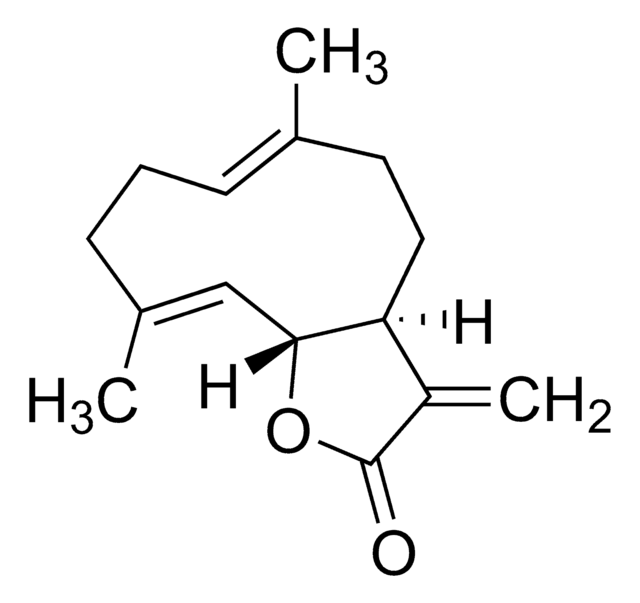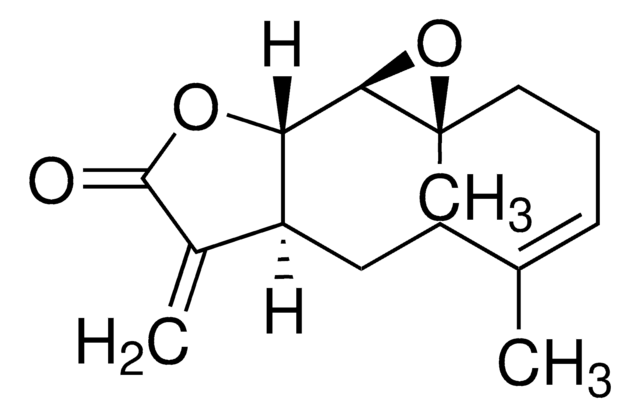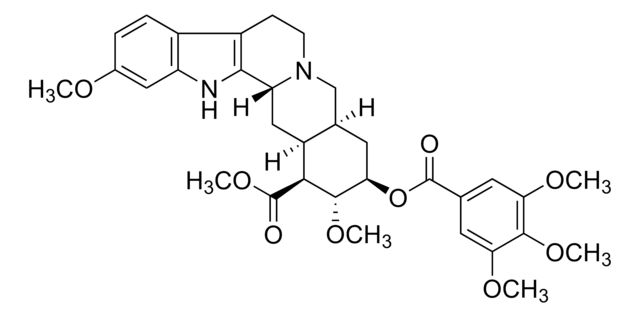576956
Acetonitrile solution
suitable for HPLC, contains 0.1 % (v/v) formic acid
Synonym(s):
ACN, Cyanomethane, Ethyl nitrile, Methyl cyanide
About This Item
Recommended Products
product name
Acetonitrile solution, contains 0.1 % (v/v) formic acid, suitable for HPLC
vapor density
1.41 (vs air)
Quality Level
vapor pressure
72.8 mmHg
form
liquid
contains
0.1 % (v/v) formic acid
expl. lim.
8 %
technique(s)
HPLC: suitable
bp
81-82 °C
mp
-48 °C
density
0.782 g/mL at 25 °C
application(s)
food and beverages
format
mixture
SMILES string
CC#N
InChI
1S/C2H3N/c1-2-3/h1H3
InChI key
WEVYAHXRMPXWCK-UHFFFAOYSA-N
Looking for similar products? Visit Product Comparison Guide
General description
Application
- Separation of ochratoxins by centrifugal partition chromatography: Demonstrates the critical role of 96% acetic acid in the separation of mycotoxins, enhancing food safety and quality control in agricultural products (Hegedüs et al., 2024).
Packaging
Preparation Note
Signal Word
Danger
Hazard Statements
Precautionary Statements
Hazard Classifications
Acute Tox. 4 Dermal - Acute Tox. 4 Inhalation - Acute Tox. 4 Oral - Eye Irrit. 2 - Flam. Liq. 2
Storage Class Code
3 - Flammable liquids
WGK
WGK 2
Flash Point(F)
35.6 °F - closed cup
Flash Point(C)
2 °C - closed cup
Personal Protective Equipment
Choose from one of the most recent versions:
Certificates of Analysis (COA)
Sorry, we don't have COAs for this product available online at this time.
If you need assistance, please contact Customer Support.
Already Own This Product?
Find documentation for the products that you have recently purchased in the Document Library.
Our team of scientists has experience in all areas of research including Life Science, Material Science, Chemical Synthesis, Chromatography, Analytical and many others.
Contact Technical Service







